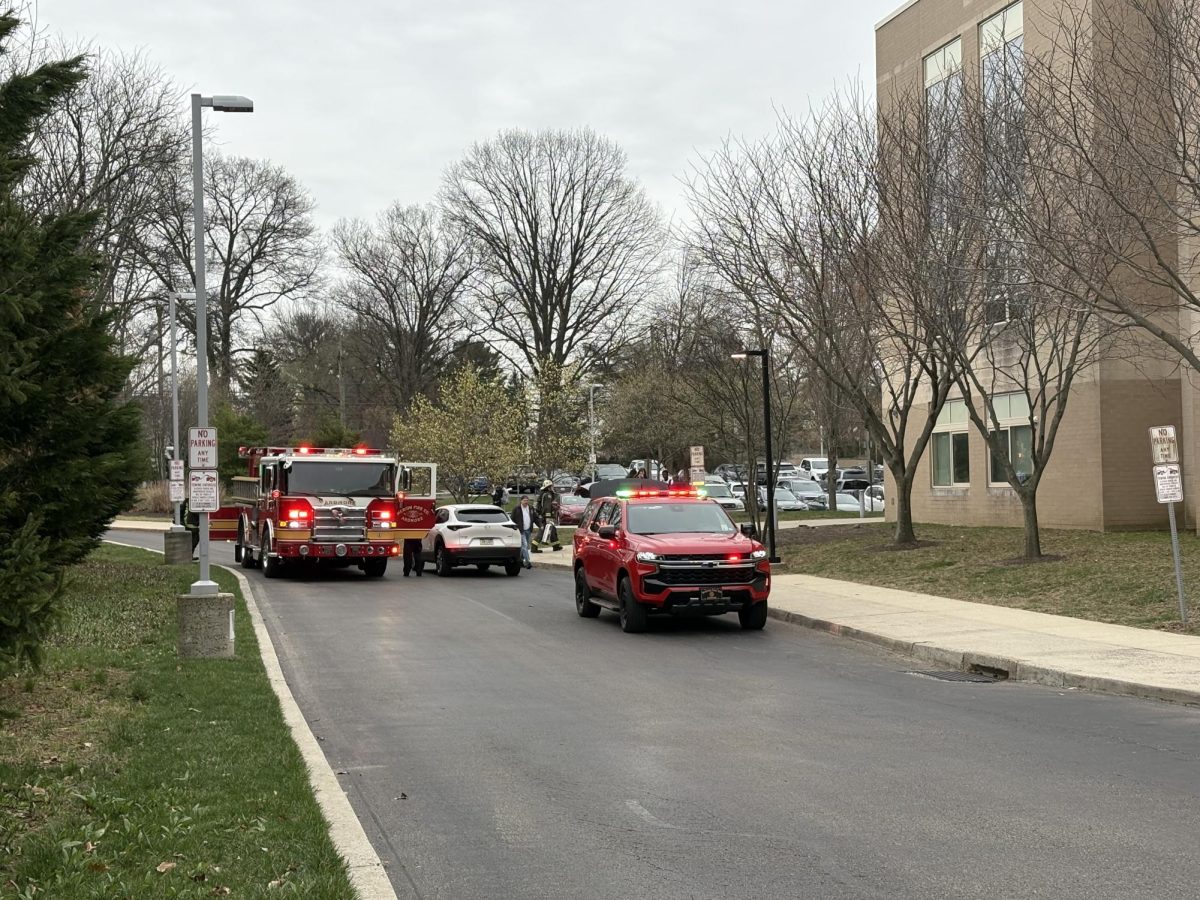The Main Line’s popularity is no secret; Its proximity to Philadelphia, excellent schools, and a diverse set of different communities all make it one of the most admirable areas of Southeast Pennsylvania. Lying in the heart of the Main Line is Narberth. A borough established in 1895, Narberth has public transportation, walkable streets, and locally owned businesses. This small-town feel combined with accessibility to a major metro area is rare, but despite this uniqueness, some believe Narberth is losing what makes it a regional jewel.
As the Main Line draws in new residents, the popularity of the surrounding area has risen and property developers have made their mark. The Main Line is familiar with modern apartments such as the One Ardmore apartments in Ardmore or the Elm apartments in Narberth. However no residential development has created such an impact on a town’s identity than the apartments on Haverford Avenue. On Narberth’s de facto main street, there is a plan to “demolish the existing one-story retail buildings” and “redevelop two new three-story, mixed-use apartment buildings.” Whether positive or negative, the developments, led by commercial real estate developer Tim Rubin, have the possibility of changing the landscape of Narberth forever.
At a borough council meeting on February 15, the application presented by Rubin’s attorney was judged for review. The stakes were set high by a borough staff member who explained preliminarily that “the planning committee, the applicant themselves, and all the advisory committees to council have recognized the significance of this application on the borough and they do not take this lightly.” At the meeting, Emily Stewart, coordinator of Narberth Public Art, offered her perspective on the duality of the situation. Stewart, who worked in the buildings that are planned to be demolished, noted their decrepit conditions. Further, Stewart acknowledged how Narberth’s character is of utmost importance, noting that developers have made adjustments and changed designs to preserve the town’s treasured history. But for most business owners and residents, the developments disrupt the picturesque qualities of the area. For lifelong residents of Narberth, like Victoria Labbs ’26, the new developments are “an eyesore; they are tall and very ugly,” adding that “this is supposed to be a small town; tall apartment buildings don’t fit in Narberth’s character.” Two employees at Character Development in Narberth voiced the same concern on the proposed developments, saying, “We are worried about the character of the town.” When addressing the impact on businesses, she added, “The construction will certainly not help business—it also seems that the apartments are marketed to young commuters to the city, not people who would buy children’s books.” Construction blocks entire sidewalks, especially in Narberth, a community with narrow streets. In her view one of the aspects that makes Narberth so desirable is its walkability, and this blockage conflicts with pedestrian traffic.
According to the Metropolitan Area Planning Council, mixed-use developments like the proposed one on Haverford Ave can “reduce auto dependency, roadway congestion, and air pollution.” In addition, the specific Rubin developments don’t plan to use “natural gas, propane, oil and fossil fuels and implement electrical car charging stations in the back parking lot.” It’s evident that sustainability and environmental preservation are a top priority for this controversial proposal. Mixed-use developments can also create a sense of community and social mobility: all benefits for a small town. In particular, the developers plan to “put a spotlight and showcase the historic building in a really great way.” This incorporation of public space has the intention of furthering improving community dynamics. Another point to consider is property taxes. According to the Institute of Taxation and Economic policy, property taxes “are the dominant tax revenue source for local governments.” Undoubtedly, the property taxes on a modern development will increase tax revenue for the municipality—revenue that could possibly be used to benefit the town’s various services.
This dilemma has brought up a common debate between history and modernization. Narberth’s situation isn’t unique; all over the United States communities are facing revitalization or development of some kind. So, the question must be asked: Is this possible change in Narberth simply the next step in meeting demands for residents, or are property developers putting years of history and character at risk to meet this influx?







